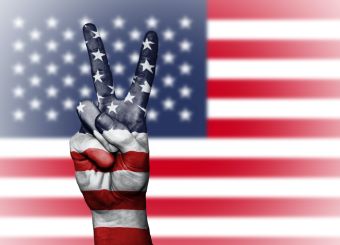Flurry of Employment-Related Agency Activity in the Waning Days of the Trump Administration

During the last few days of the Trump Administration, the U.S. Department of Labor (“DOL”) was quite active, issuing guidance and rules on a number of topics of relevance to higher education.
On the heels of last month’s federal court nationwide preliminary injunction against the White House’s Executive Order on Combating Race and Sex Stereotyping issued on September 22, 2020 (“EO”), the DOL suspended enforcement of the EO, which seeks to restrict workforce training by government agencies and contractors deemed to be "divisive" and "un-American”. As part of the suspension, the DOL will cease investigating any agency or contractor suspected of violating the EO and will take no enforcement action. Furthemore, a hotline previously set up to collect complaints will no longer be used by the DOL. In all likelihood, any controversy surrounding the EO and its suspension will be quickly rendered moot, as the incoming Biden Administration is expected to scrap the EO altogether.
Then, on January 6, 2021, the DOL announced a final rule which clarifies the standard for determining “employee” versus “independent contractor” status under the Fair Labor Standards Act (“FLSA”). In the final rule, the DOL stresses that the determination hinges on whether the individual is in business for him/herself or is economically dependent on a potential employer for work. The final rule identifies two core factors in making such determination: (i) the nature and degree of control over the work, and (ii) the worker’s opportunity for profit or loss based on initiative and/or investment. Other factors, such as the amount of skill required for the work, and the permanence of the working relationship between the worker and the potential employer, are also to be given some consideration. The actual practice of the worker and the potential employer is more relevant, the DOL maintains, than what may be contractually or theoretically possible. The effective date of the final rule is March 8, 2021.
Lastly, and as a follow up to an article in our last newsletter, the DOL issued a final rule, on January 12, 2021, that changes the methodology used to establish prevailing wage rates in the Permanent Employment Certification, H-1B, H-1B1 and E-3 Visa foreign worker programs. The DOL has argued that such changes are needed because the existing wage methodology undermines the wages and job opportunities of U.S. workers, and is otherwise in tension with the governing statute. Under the final rule, when seeking H-1B, H-1B1 or E-3 visas for workers, U.S. employers must attest that they will pay nonimmigrant workers, during the period of authorized employment, the higher of the prevailing wage or the actual wage paid to other employees with similar experience and qualifications. As with some of the other guidance and rules noted above, action by the incoming Biden Administration in this area may alter or nullify this final rule.
The contents of this article are intended to convey general information only, and not to provide legal advice or opinions. Please contact the Office of Legal Affairs (210-458-4105) to obtain legal counsel on any particular university issue or matter.
